Are you interested in the history and impact of religion? These are the top religion museums in Baden-Württemberg:
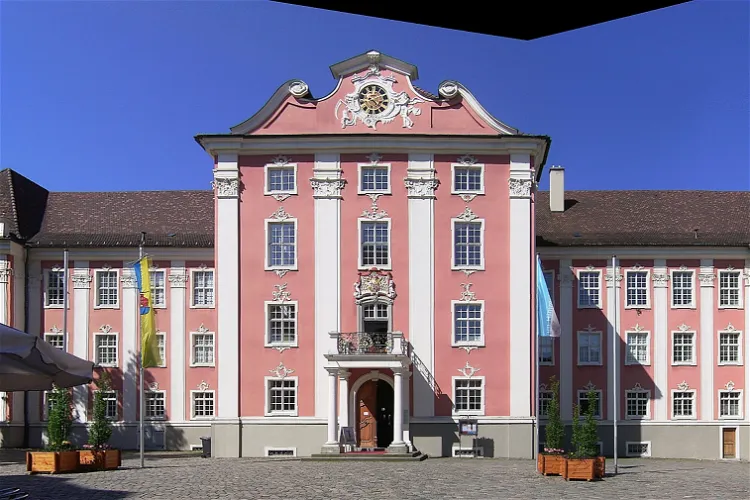
New Castle
MeersburgToday, the Neues Schloss Meersburg houses several museums, providing a diverse range of exhibits for tourists to explore. The Town Gallery (Städtische Galerie) and the Dornier Museum occupy the 2nd floor, while the Palace Museum of the Prince Bishops (Fürstbischöfliche Schlossmuseum) is located on the 3rd floor. The latter offers visitors the chance to view the residential and representation rooms of the prince bishops, refurnished with contemporary appointments from that era.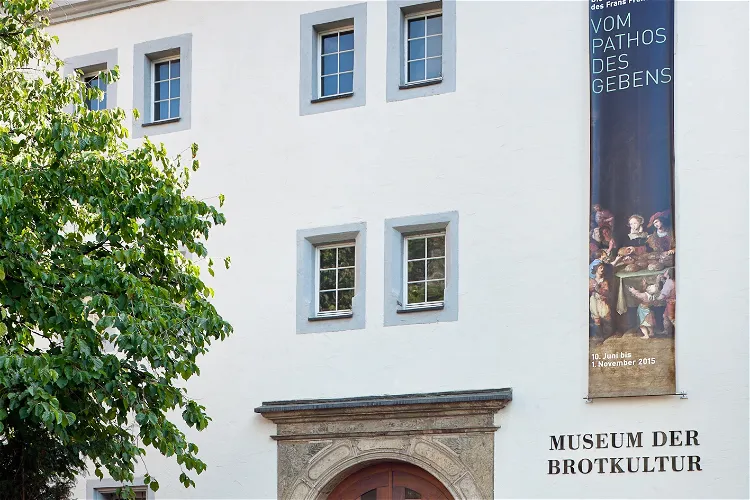
Museum Bread and Art
UlmThe Museum Brot und Kunst – Forum Welternährung in Ulm is a unique knowledge museum that showcases the importance of grain, bread, and culture in human development. It provides a comprehensive understanding of the natural, technical, and social historical aspects of bread production, as well as the symbolism of bread as a metaphor for life in Jewish-Christian thought.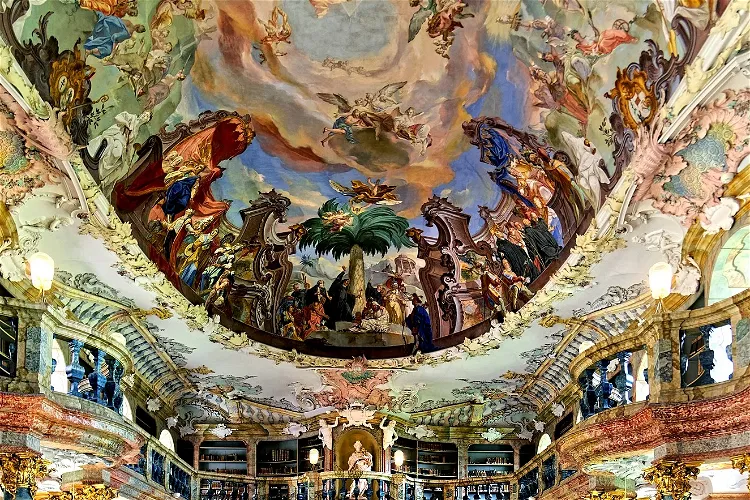
Wiblingen Abbey
UlmWiblingen Abbey, located in Ulm, was once a German Benedictine abbey. Today, the abbey church, which has been converted into a basilica, is one of the preserved structures of the abbey. The abbey was also used as military barracks in the past. This historical site offers a glimpse into the rich history of the region.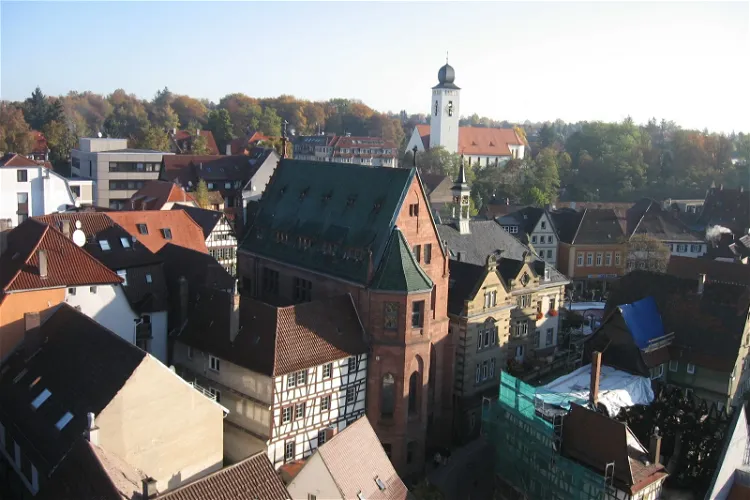
European Melanchthon Academy of Bretten
BrettenThe Melanchthonhaus in Bretten serves as a museum and research institution dedicated to the history of the Reformation and the life of Philipp Melanchthon. It offers a unique insight into the life and work of this important figure of the Reformation, making it a significant destination for those interested in history and religion.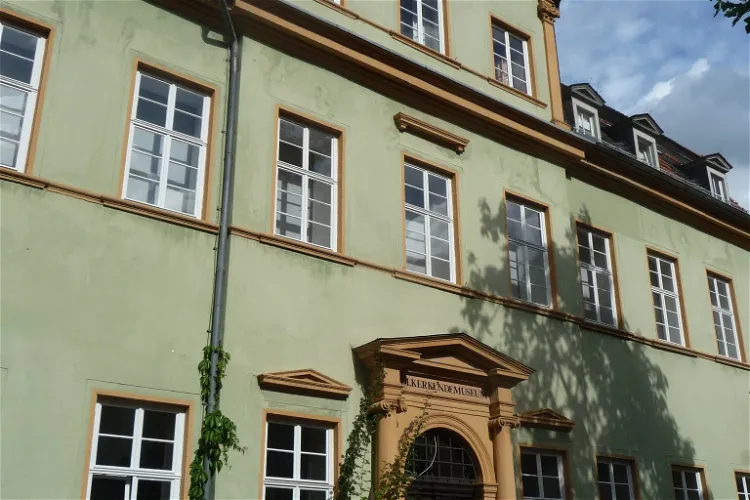
Völkerkundemuseum
HeidelbergThe Völkerkundemuseum in Heidelberg, part of the J. and E. von Portheim Foundation, is home to a diverse range of collections. These collections focus on the religion, art, and everyday life of the regions of Asia, Africa, and Oceania. This provides visitors with a unique opportunity to explore and understand the cultural diversity of these regions.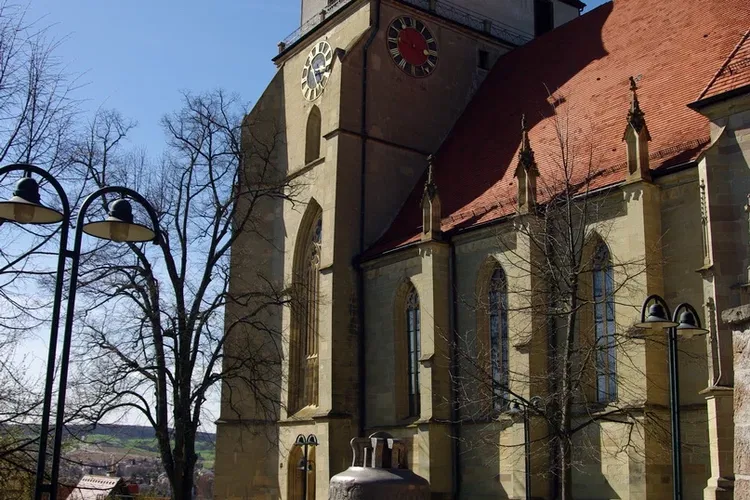
Glockenmuseum Stiftskirche Herrenberg
HerrenbergThe Glockenmuseum Herrenberg, also known as the Glockenmuseum Stiftskirche Herrenberg, is situated within the Evangelical Collegiate Church in Herrenberg. This location adds a unique historical and cultural context to the museum, making it an interesting destination for tourists interested in history, culture, and architecture.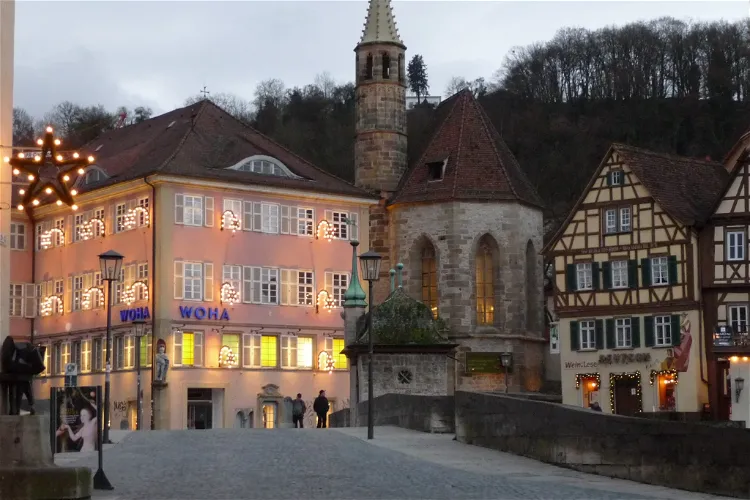
Johanniterkirche
Schwäbisch HallSince 2008, following extensive restorations, the Johanniterkirche has been repurposed as an exhibition hall. It now showcases a collection of paintings and sculptures from Old Masters, offering visitors a glimpse into the artistic heritage of the past.
Ehemalige Synagoge
HaigerlochThe Haigerloch Synagogue suffered severe damage during the November pogroms on the morning of November 10, 1938. This event marked a dark period in the history of the synagogue, as the damage made it impossible to hold religious services.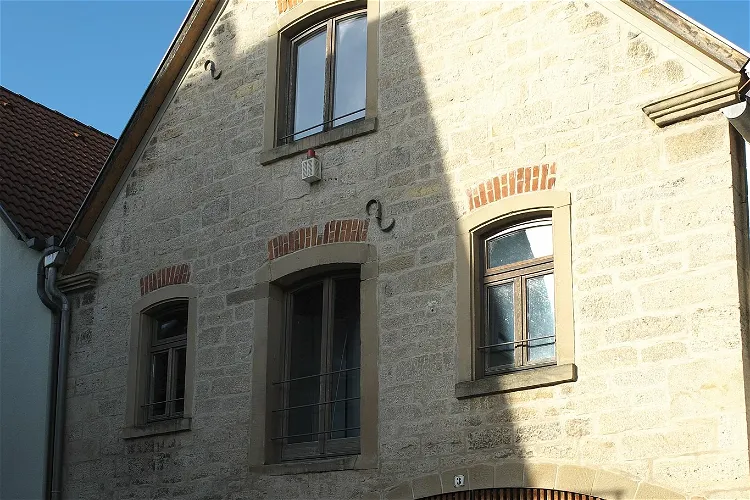
Jüdisches Museum Creglingen
CreglingenThe Jüdisches Museum Creglingen is situated in the Badgasse 3 building in Creglingen, a city in the Main-Tauber district in northern Baden-Württemberg. This location is easily accessible and offers a unique insight into the Jewish history of the region.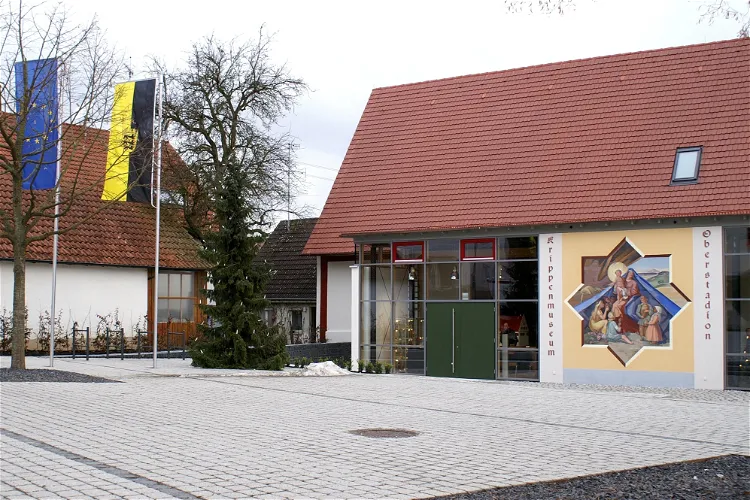
Krippenmuseum Oberstadion
OberstadionThe Krippenmuseum in Oberstadion, situated in the Alb-Donau-Kreis, is home to one of the largest collections of nativity scenes in Germany. The museum, spread over 600 square meters, houses over 160 nativity scenes, making it a significant destination for those interested in this unique form of art.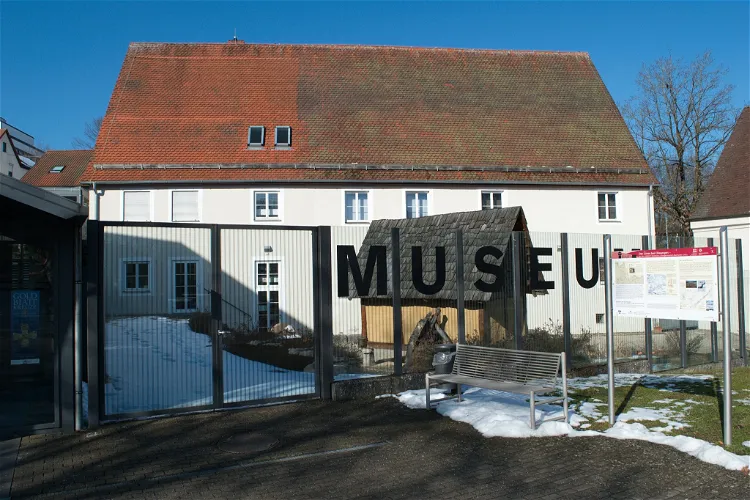
Alamannenmuseum Ellwangen
Ellwangen (Jagst)The Alamannenmuseum Ellwangen, which was inaugurated in 2001, offers a comprehensive insight into 500 years of Alamannic history from the early Middle Ages. The museum's collection includes archaeological finds from all over southern Germany, providing a vivid overview of the region's past. This makes it an interesting destination for those interested in history and archaeology.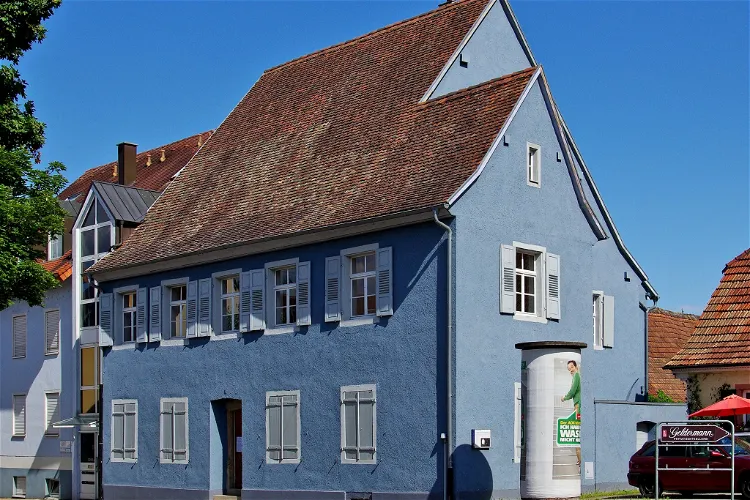
Blaues Haus Breisach
Breisach am RheinThe Blue House in Breisach am Rhein, known as 'Das Blaue Haus', is a significant site for those interested in Jewish history. Since 2003, it has served as a memorial and educational center dedicated to the history of Jews in the Upper Rhine region. Visitors can learn about the Jewish community's rich history and heritage in this region, making it a valuable destination for those seeking to understand the area's cultural and historical context.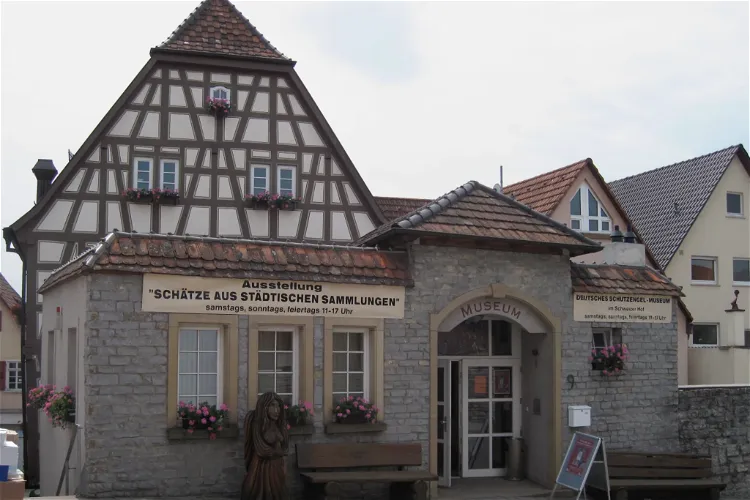
Museum im Schweizer Hof
BrettenThe Museum im Schweizer Hof, situated in Bretten, Baden-Württemberg, was inaugurated in June 2002. It is housed in a half-timbered building, the 'Schweizer Hof', which is a typical example of the architecture of Bretten's reconstruction period after the great city fire of 1689. The museum is under municipal ownership and offers a glimpse into the city's rich history.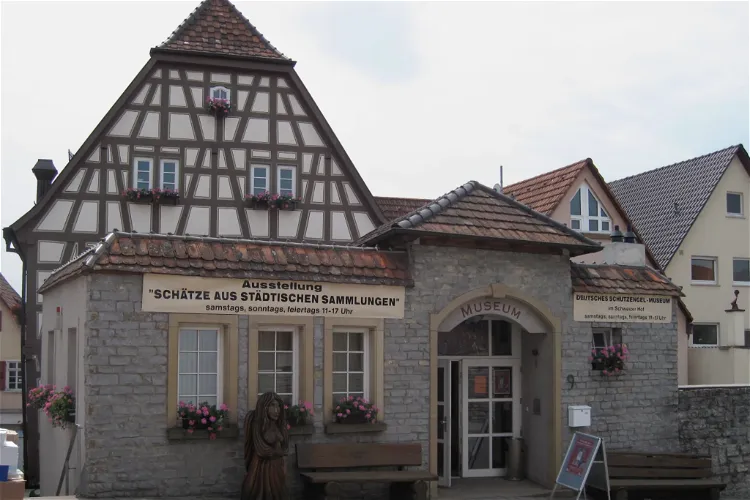
Deutsches Schutzengelmuseum
BrettenThe Deutsches Schutzengelmuseum in Bretten is home to an extensive collection of guardian angel representations spanning six centuries. This collection provides a broad historical overview of the significance of guardian angels and similar protective beings in various religions around the world.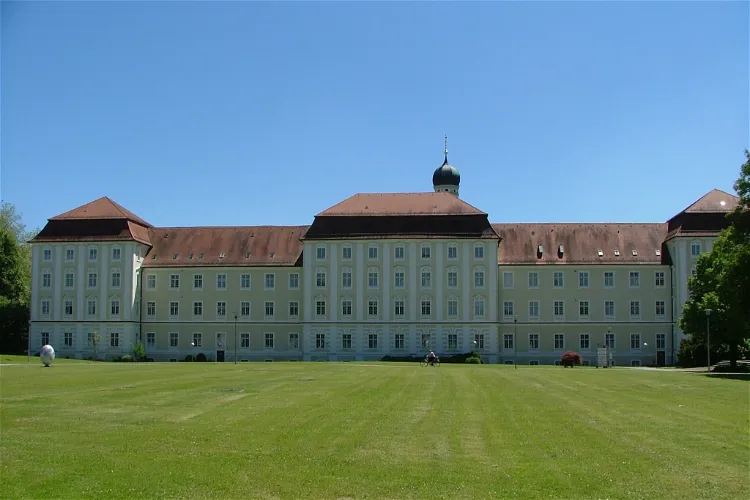
Schussenried Abbey
Bad SchussenriedThe current name, Neues Kloster, or 'new monastery', refers to the Baroque reconstruction of the abbey in 1752. This reconstruction was based on the plans of Dominikus Zimmermann, a renowned architect of the time. However, due to financial constraints, the initial plan of four wings with a church was not fully realized.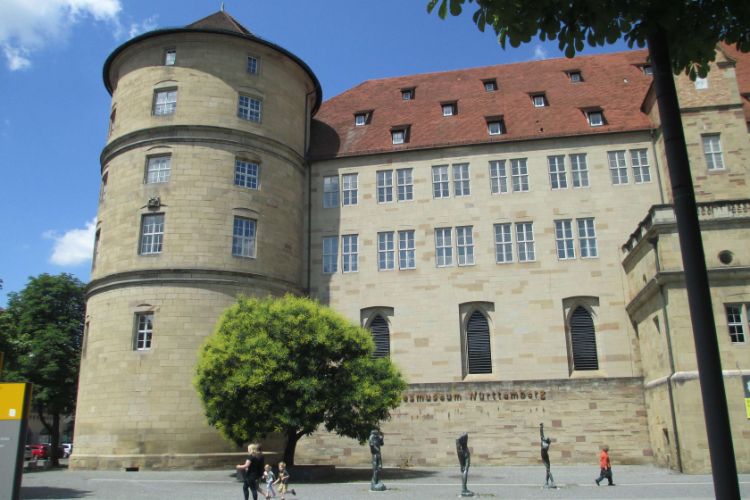
Wurttemberg State Museum in Old Castle
StuttgartThe Landesmuseum Württemberg (Württemberg State Museum) in Stuttgart was founded in 1862 by Wilhelm I. König von Württemberg. Its origin dates back to the 16th century. Back in the Kunstkammer, the dukes collected everything that was rare, precious and unusual. The museum's mission is to depict Germ
Hohenzollerisches Landesmuseum
HechingenThe Hohenzollerische Landesmuseum, located in Hechingen in the Zollernalbkreis in Baden-Württemberg, Germany, is a museum dedicated to cultural, art, and regional history. It provides a comprehensive overview of the history and art history of the County of Hohenzollern, the Principalities of Hohenzollern-Hechingen and Hohenzollern-Sigmaringen, and the Prussian Province of Hohenzollern.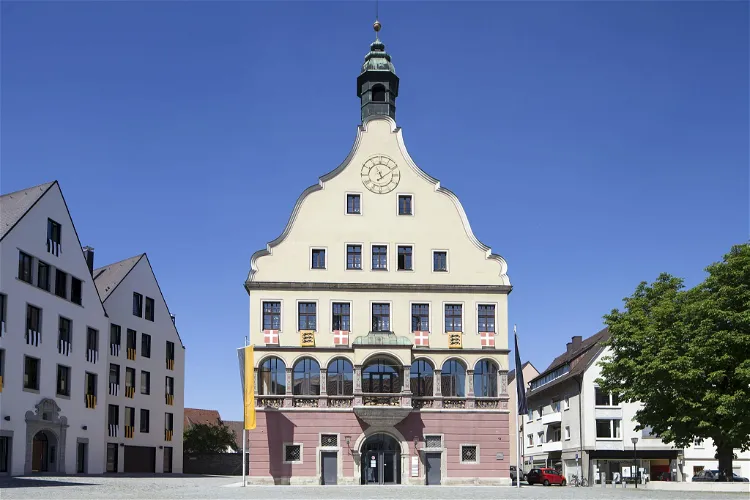
Haus der Stadtgeschichte
UlmIn addition to its role as an archive, the Haus der Stadtgeschichte – Stadtarchiv Ulm is also a cultural institution. Its mission is to raise awareness of the city's history and foster a culture of remembrance. It serves as a central point of contact for research into the city's history and is often referred to as the 'memory of the city'.
Rosgartenmuseum
ConstanceThe Rosgartenmuseum, located in Constance, Baden-Württemberg, is a museum dedicated to the art, culture, and history of the city and the Lake Constance region. Established in 1870 by Ludwig Leiner, a pharmacist and city council member from Constance, the museum is one of the oldest of its kind in the region. It offers a rich collection of historical artifacts and artworks that tell the story of the city and the region.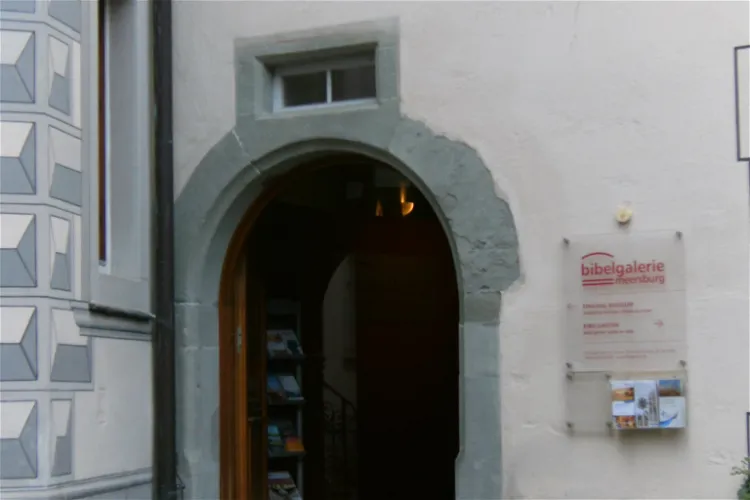
Bibelgalerie Stadtbücherei
MeersburgThe Bibelgalerie Meersburg is a unique Bible museum situated in the former Dominican convent in the upper town of Meersburg on Lake Constance. This historical location adds to the charm and appeal of the museum. However, it's important to note that the museum is closed during the winter months, so planning a visit outside of this period would be advisable.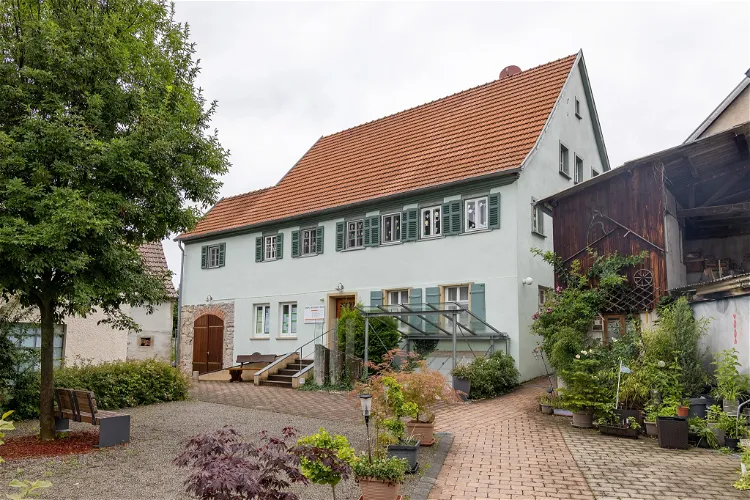
Rabbinatsmuseum Braunsbach
ArnsdorfThe Rabbinatsmuseum in Braunsbach, located in the district of Schwäbisch Hall in Baden-Württemberg, was inaugurated on April 13, 2008. The museum is housed in the old Rabbinat, adding a historical touch to the establishment.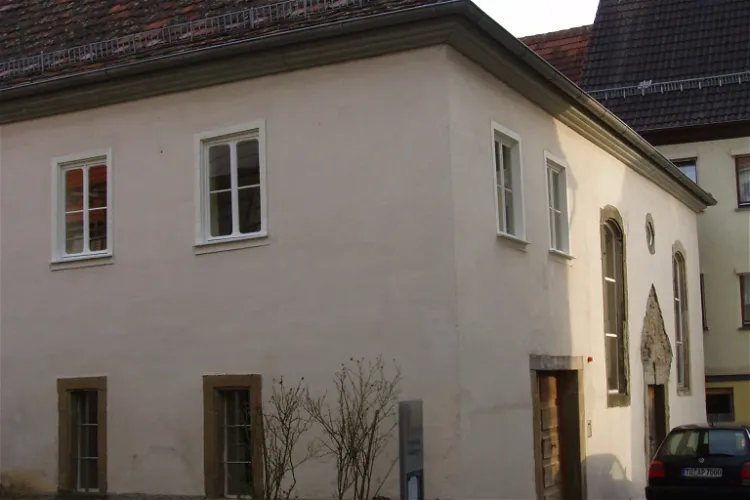
Gedenkstätte Synagoge Baisingen
Rottenburg am NeckarThe Baisingen Synagogue, nestled in a district of Rottenburg am Neckar, is a significant historical site. It is recognized as one of the best-preserved rural synagogues in Germany. Today, it serves as a museum, providing visitors with a glimpse into the rich Jewish history of the region. The museum is diligently maintained by a support association, ensuring its preservation for future generations.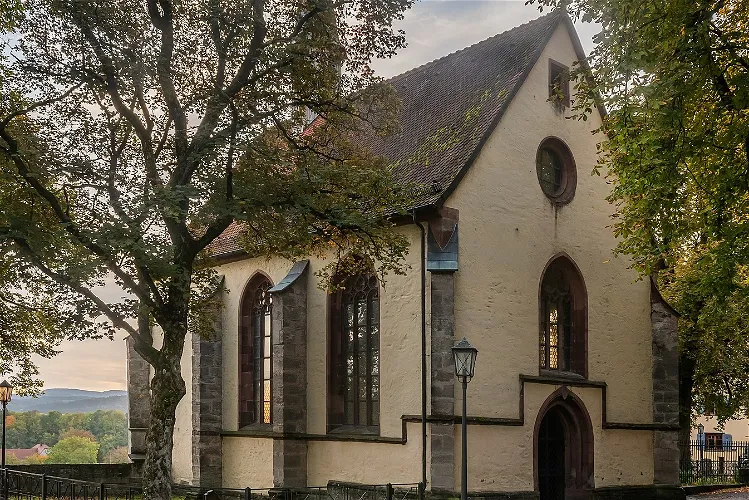
Kunstsammlung Lorenzkapelle Rottweil
RottweilThe Lorenzkapelle, located in Rottweil, Baden-Württemberg, is recognized as a protected cultural monument. This status signifies its historical and cultural significance, making it a point of interest for those who appreciate history and architecture.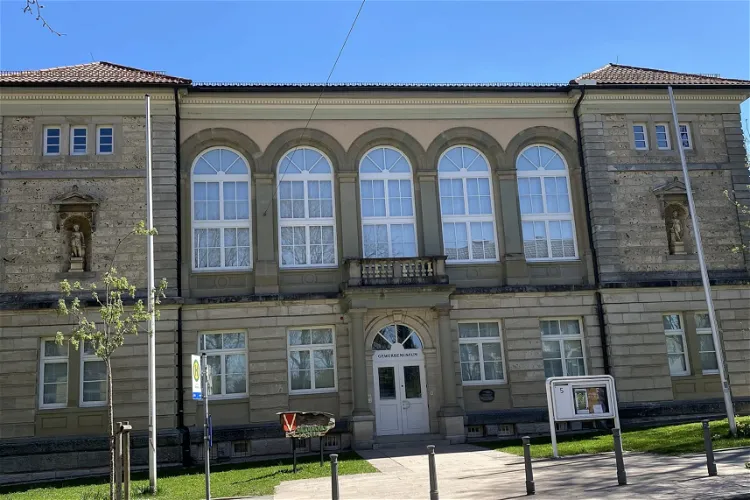
Gewerbemuseum
SpaichingenThe Gewerbemuseum Spaichingen is a city museum situated in the town of Spaichingen, within the Tuttlingen district of Baden-Württemberg. Established in 1991, the museum is housed in a building constructed in 1876 in the Neorenaissance style. The museum offers a glimpse into the region's history and its transition from a rural area to an industrial hub.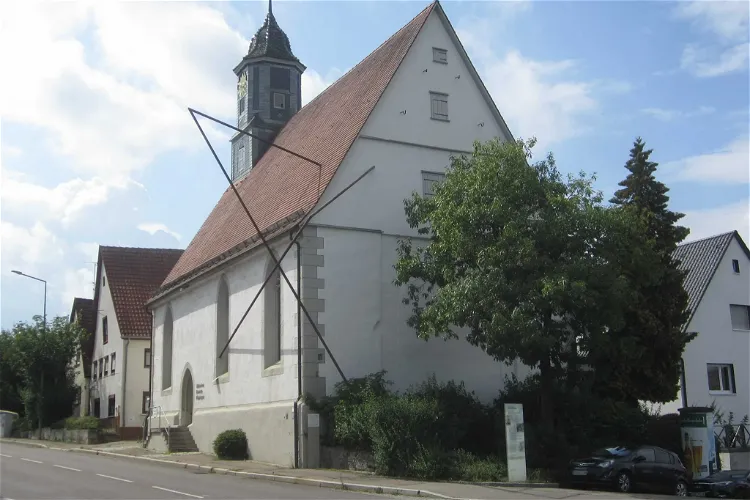
Jewish Museum
GöppingenThe Jewish Museum Göppingen is located in the city of Göppingen, in the Baden-Württemberg region of Germany. It was opened in 1992, housed within the village church of the Jebenhausen district, a structure that dates back to 1507. This unique setting provides a historical backdrop to the museum's exhibits.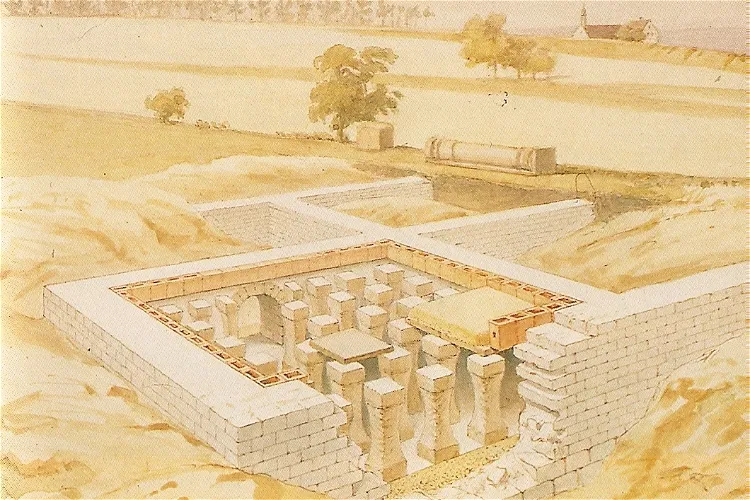
Römisches Stadtmuseum Sumelocenna
Rottenburg am NeckarThe Sumelocenna Museum, also known as the Roman City Museum, is an archaeological museum located in Rottenburg am Neckar, in the Tübingen district. This museum provides a unique opportunity to delve into the history of the region, offering a glimpse into the everyday life of the provincial Roman population in ancient Sumelocenna, now known as Rottenburg.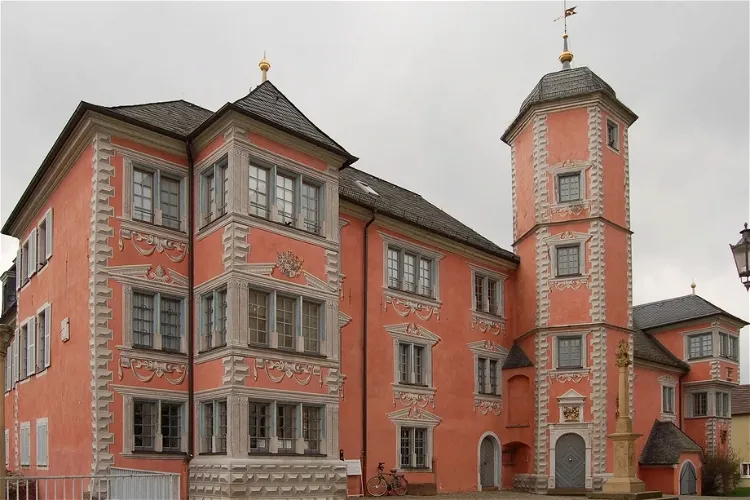
Lobdengau-Museum
LadenburgThe Lobdengau-Museum is situated in the town of Ladenburg, within the Rhein-Neckar-Kreis district. The museum is housed in the former Bishop's Palace, which was once the residence of the Prince-Bishops of Worms. This historical setting adds a unique charm to the museum, making it an interesting destination for tourists interested in history and architecture.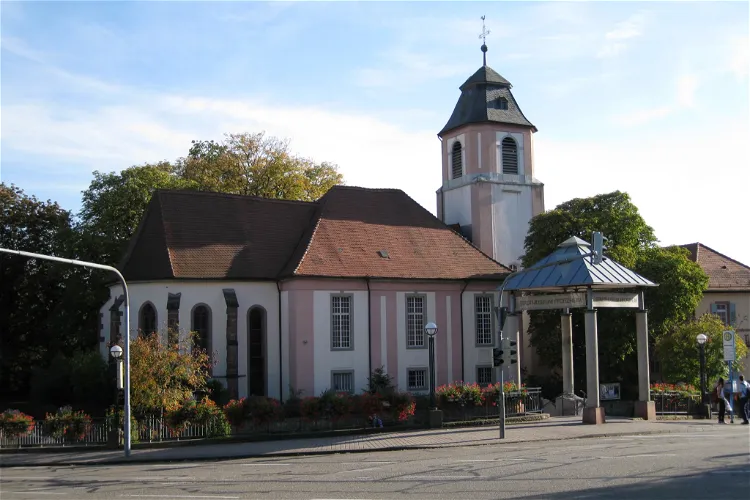
Stadtmuseum Pforzheim
PforzheimThe Stadtmuseum Pforzheim, located in Pforzheim, Baden-Württemberg, has been housed in the deconsecrated St. Martin parish church and the Old Schoolhouse since 1974. This unique location adds a historical charm to the museum, making it an interesting place to visit for those interested in architecture and history.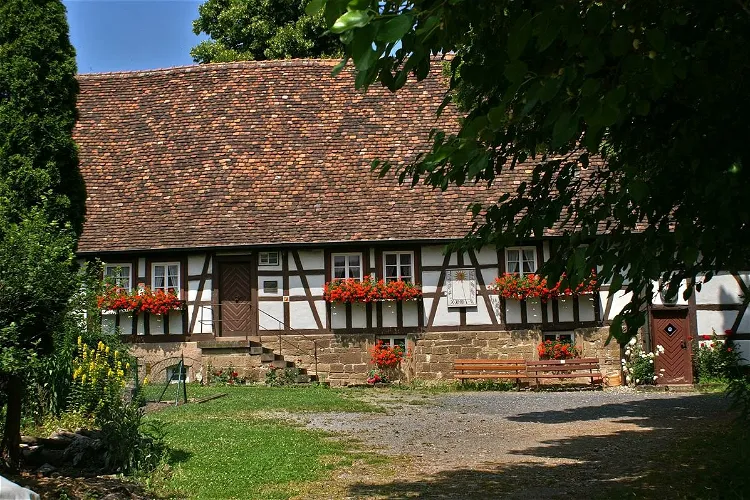
Henri-Arnaud-Haus - Waldensermuseum
SchönenbergThe Henri-Arnaud-Haus, located in Schönenberg, a district of the Baden-Württemberg municipality of Ötisheim in the Enzkreis, is a significant historical site. It was once the residence of the Waldensian pastor Henri Arnaud and has now been transformed into a Waldensian museum. This museum offers a unique insight into the life and times of Henri Arnaud and the Waldensian community he served.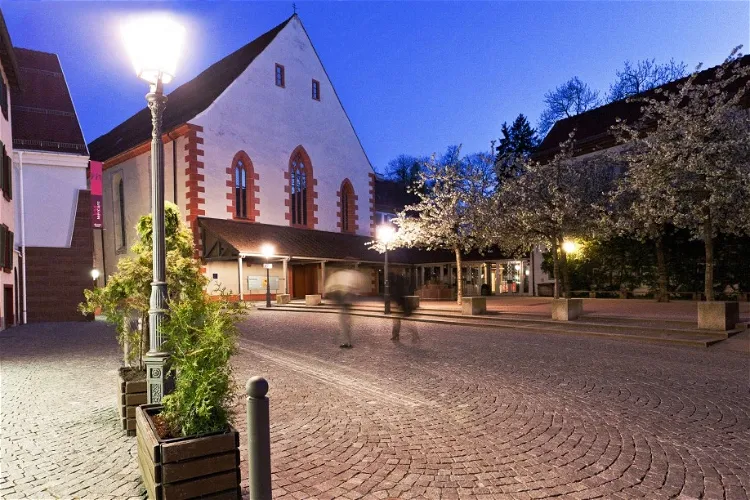
Franziskanermuseum
Villingen-SchwenningenThe Franziskanermuseum, situated in the former Franciscan monastery in Villingen-Schwenningen, is a cultural-historical museum. It offers a comprehensive insight into the city's history from its beginnings to the present day. Additionally, it provides a deep dive into the folklore of the Black Forest and the Celtic princely tomb Magdalenenberg. This museum is a great place for tourists interested in history, culture, and folklore.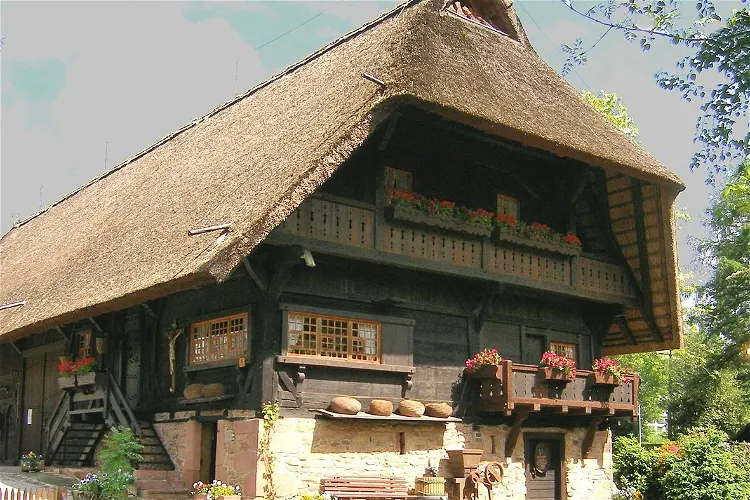
Heimatmuseum Fürstenberger Hof
Zell am HarmersbachThe Heimatmuseum Fürstenberger Hof is located in Unterharmersbach, a district of Zell am Harmersbach in the Ortenaukreis. This museum is housed in a thatched Black Forest house, providing a unique and authentic experience of the region's traditional architecture.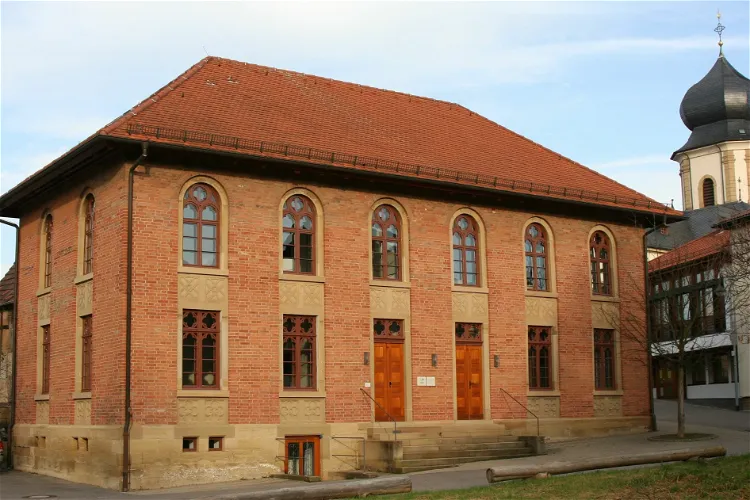
Museum Synagoge
AffaltrachThe Museum Synagogue in Affaltrach, a district of Obersulm in the Heilbronn district in northern Baden-Württemberg, is a significant historical site. Built in 1851, it now serves as a museum dedicated to the history of Jews in the district and city of Heilbronn. The museum provides a unique opportunity to learn about the Jewish community's history and culture in the region.
House of History Baden-Württemberg
StuttgartThe House of History Baden-Württemberg is a history museum in Stuttgart. The permanent exhibition of the House of History is divided into three parts. In the entrance area, 26 items are on display that are considered typical of Baden-Württemberg, one for each letter of the alphabet. The second part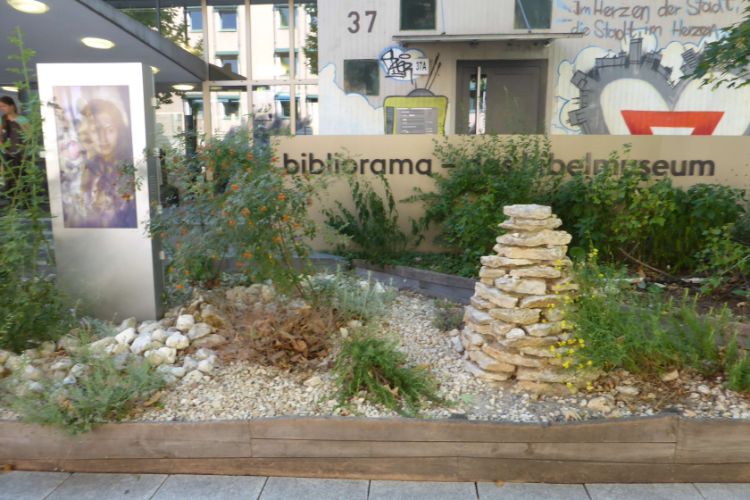
Bibliorama - Das Bibelmuseum Stuttgart
StuttgartThe Bibliorama is a Bible museum in Stuttgart that features a panoramic path through the Bible and shows its influence in today's everyday life. The Bibliorama has few classical exhibits and is thus different from most Bible museums, where manuscripts or historical books are the focus. Instead, the
Schlossmuseum Ellwangen
Ellwangen (Jagst)Schloss ob Ellwangen, located in the east of Württemberg, has a rich history dating back to 1460. It served as the residence and seat of power for the Prince-Provosts of the Prince-Provostship of Ellwangen. From 1802/1803 to 1842, it was used as the electoral and royal residence. This historical significance adds to the charm and allure of the castle, making it a fascinating destination for tourists interested in history and architecture.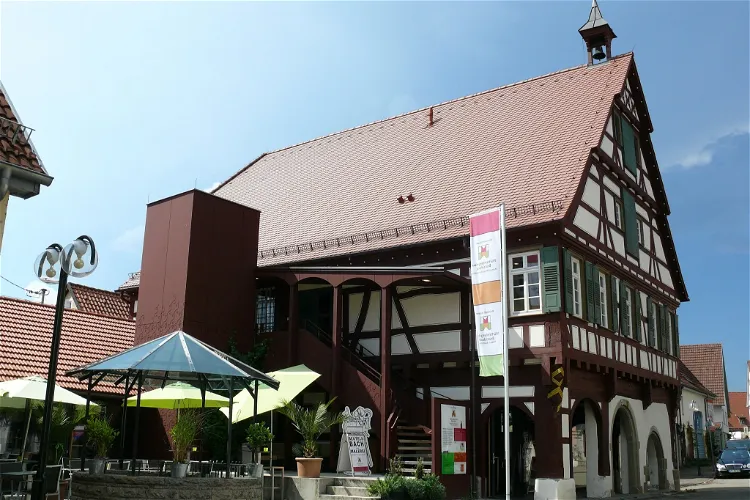
Württemberg-Haus Beutelsbach
BeutelsbachThe Württemberg-Haus is a protected monument situated in the Beutelsbach district of Weinstadt. This historic building, once the town hall of the village, is now a museum. Its location in the historic center of Beutelsbach, east of the Stiftskirche, makes it a significant landmark in the area.
Marchivum
MannheimThe MARCHIVUM is home to extensive collections and stocks, providing services for research and mediation. It also features exhibition areas that showcase the city's history and the Nazi era. These exhibitions, along with seminars, lectures, city history publications, and research projects, offer a comprehensive understanding of Mannheim's past.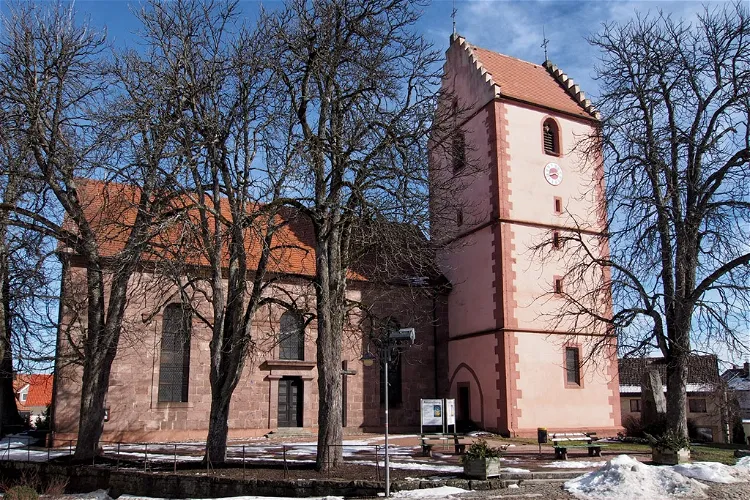
Alte St.-Laurentius-Kirche
SchrambergThe church's tower, a former defensive tower, dates back to the 13th century, making it the oldest surviving structure in the Schramberg area. This historical significance adds to the allure of the church for visitors interested in architecture and history.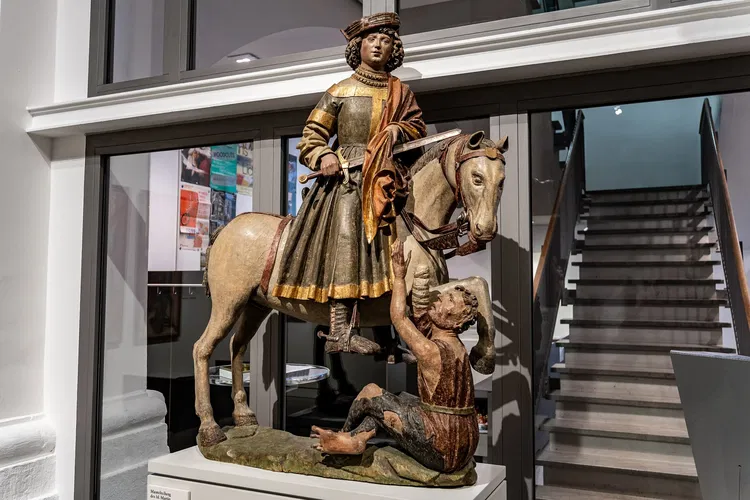
Diözesanmuseum Rottenburg
Rottenburg am NeckarThe Diözesanmuseum Rottenburg, located in Rottenburg am Neckar, holds the distinction of being one of the oldest diocesan museums in Germany. It was established in the year 1862 by Bishop Josef von Lipp. This historical significance adds a layer of depth to the museum's appeal, offering visitors a chance to explore a piece of Germany's rich cultural heritage.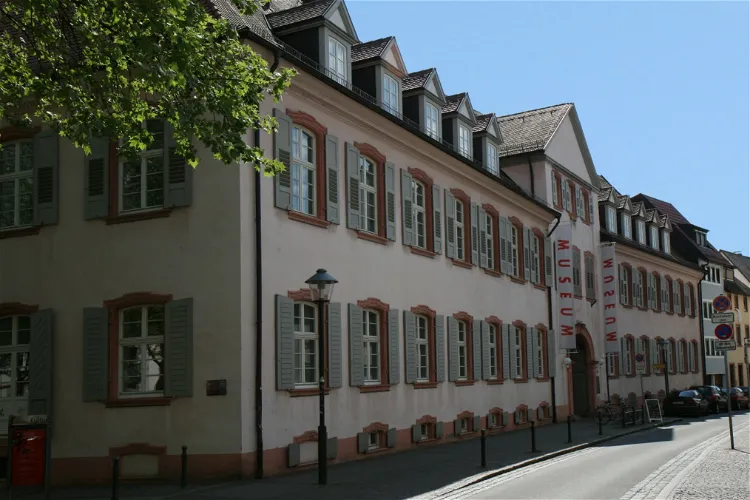
Museum Ritterhaus
OffenburgThe Museum im Ritterhaus, located in Offenburg, Baden-Württemberg, is a historical institution that was inaugurated in 1900. It was originally established by Carl Frowin Mayer as a 'Museum for Natural and Ethnology'. This museum offers a deep dive into the natural and ethnological aspects of the region, making it a fascinating destination for those interested in these fields.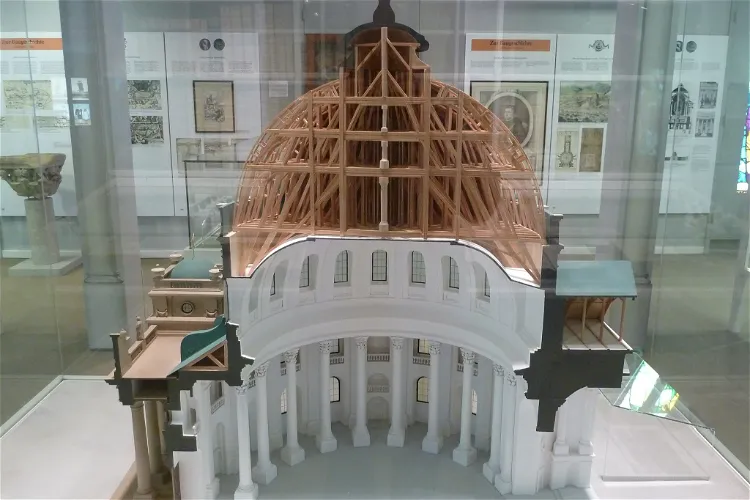
Kreismuseum St. Blasien
St. BlasienThe Kreismuseum St. Blasien is a local museum situated in the town of St. Blasien, in close proximity to the St. Blasien Cathedral. This location offers tourists the opportunity to explore both the museum and the cathedral during their visit, providing a comprehensive cultural experience.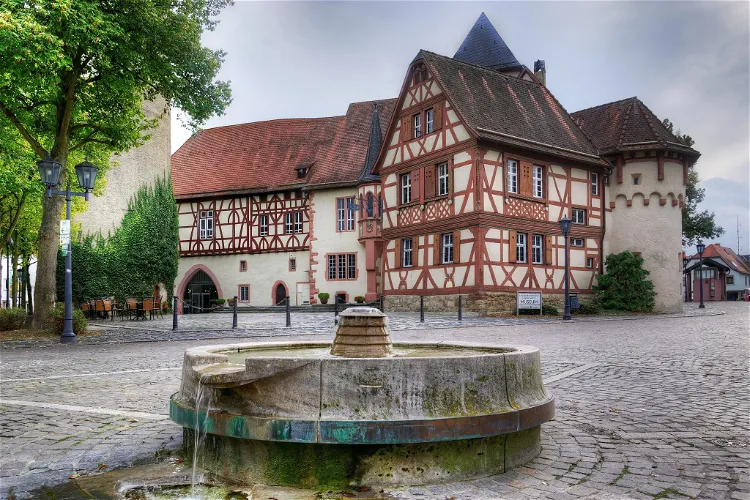
Tauberfränkisches Landschaftsmuseum
TauberbischofsheimThe Tauberfränkisches Landschaftsmuseum, located in the Kurmainzisches Schloss in Tauberbischofsheim in the Main-Tauber district, has been a significant cultural institution since 1970. This historic castle setting provides a unique backdrop for the museum's diverse exhibits.
Museum zur Geschichte von Christen und Juden
LaupheimThe Museum zur Geschichte von Christen und Juden in Laupheim is a unique institution that explores the two-century-long coexistence of Jews and Christians in the city. Located in the district of Biberach in Upper Swabia, the museum provides a deep dive into the shared history and culture of these two communities. It offers a chance to understand the complexities of their relationship and the impact of their coexistence on the city's development.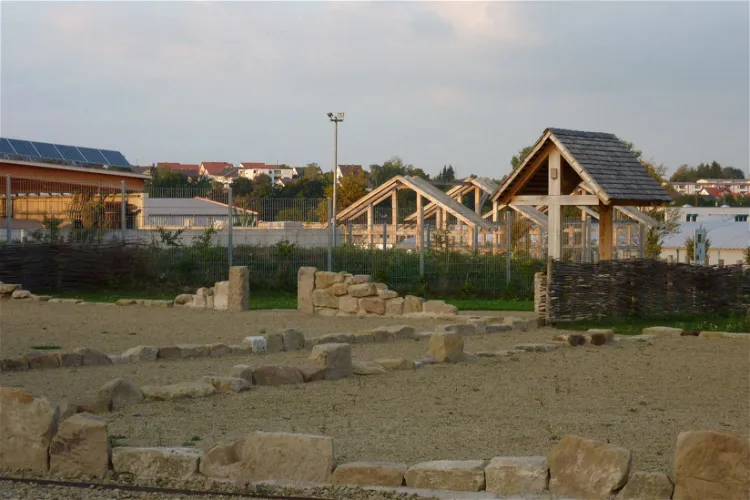
Archäologische Freilichtanlage
GüglingenThe Archaeological Open-Air Museum in Güglingen is dedicated to the exploration of Güglingen's Roman past. The museum provides a unique opportunity to delve into the history of the region during the Roman era, offering a glimpse into the lives of the people who once inhabited the area.
Klostermuseum Ochsenhausen
OchsenhausenThe Klostermuseum Ochsenhausen, opened in August 1999, is a museum dedicated to the former Imperial Abbey of Ochsenhausen. It is situated in the Prince's building of the former monastery, under the sponsorship of the Roman Catholic parish of Ochsenhausen, pastoral unit St. Benedict, the city of Ochsenhausen, and the state of Baden-Württemberg.- 46
Museum im Ursula-Stift
GussenstadtThe Museum im Ursula-Stift in Gussenstadt holds the distinction of being the oldest museum of its kind in Württemberg. It was established in 1911 by Dr. phil. h. c. Georg Thierer, who is also the author of the two-volume local chronicle of Gussenstadt. This historical significance adds a layer of depth to the museum's exhibits, making it a fascinating destination for those interested in the region's history. 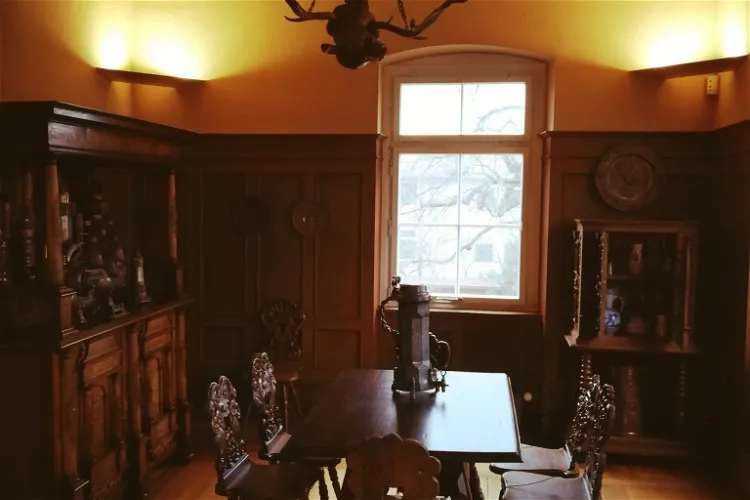
Weygang-Museum Öhringen
ÖhringenThe Weygang-Museum in Öhringen is a city history and folklore museum that houses one of the world's most extensive collections of pewter utensils. This collection was bequeathed to the city by the childless pewter caster and manufacturer August Weygang. The museum offers a unique opportunity to explore the rich history of pewter casting and its significance in the region's cultural heritage.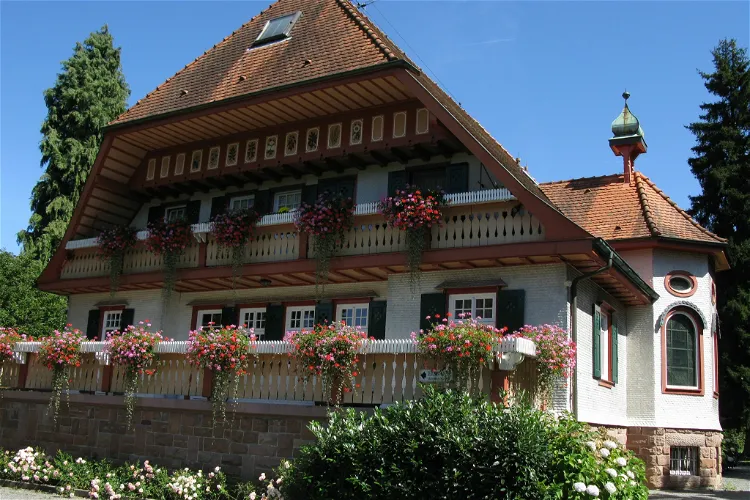
Hansjakob-Museum Freihof
Haslach im KinzigtalThe Museum Freihof in Haslach im Kinzigtal is a place where visitors can learn about the life and work of Heinrich Hansjakob, a priest, politician, historian, local writer, and folklorist. The museum also showcases the works of painters Carl Sandhaas and Otto Laible. This provides a comprehensive view of the cultural and historical significance of these figures.- 49
Bodensee-Obst-Museum
FrickingenThe museum's collection was diverse and related to Lake Constance and its coastal landscapes. It included antiquities and natural history objects of all kinds, such as maps, city plans, pictures and photographs, coats of arms and seals, coins and documents from Lake Constance. - 50
Jewish Museum
Emmendingen (Kernstadt)The Jewish Museum of Emmendingen is situated in Baden-Wurttemberg, Germany. It is dedicated to narrating the history and culture of the city's Jewish community. The museum provides a comprehensive insight into the Jewish community's life and traditions, making it a significant cultural and historical site.